Summer gardening can be tricky if you choose the wrong plants that struggle in the heat or attract pests. Knowing which plants to skip can save you time, money, and frustration during those long sunny months. Some popular favorites might actually be doing more harm than good to your garden’s health and appearance.
Instead of wasting effort on plants that don’t thrive, why not focus on those that love the summer heat and stay pest-resistant? There are plenty of beautiful and low-maintenance options that will reward you with vibrant colors and lush growth without constant fuss.
In this article, you’ll discover which 14 plants tend to struggle or cause problems during summer, plus 6 standout alternatives that will help your garden flourish effortlessly. With the right choices, you can enjoy a gorgeous summer garden that feels like a breeze to maintain.
Oleander

Known for its beauty, oleander might tempt gardeners with its vibrant flowers. But beneath its charm lies a dangerous truth: it’s highly toxic. Even a small ingestion can cause severe reactions in both humans and animals. This plant requires careful handling, making it a risky choice for gardens, especially those with pets or children. Its alluring appearance doesn’t compensate for the potential health hazards it poses. Consider exploring other safer alternatives that offer similar visual appeal without the associated risks. Oleander’s beauty may captivate, but its danger is a steep price to pay.
Japanese Barberry
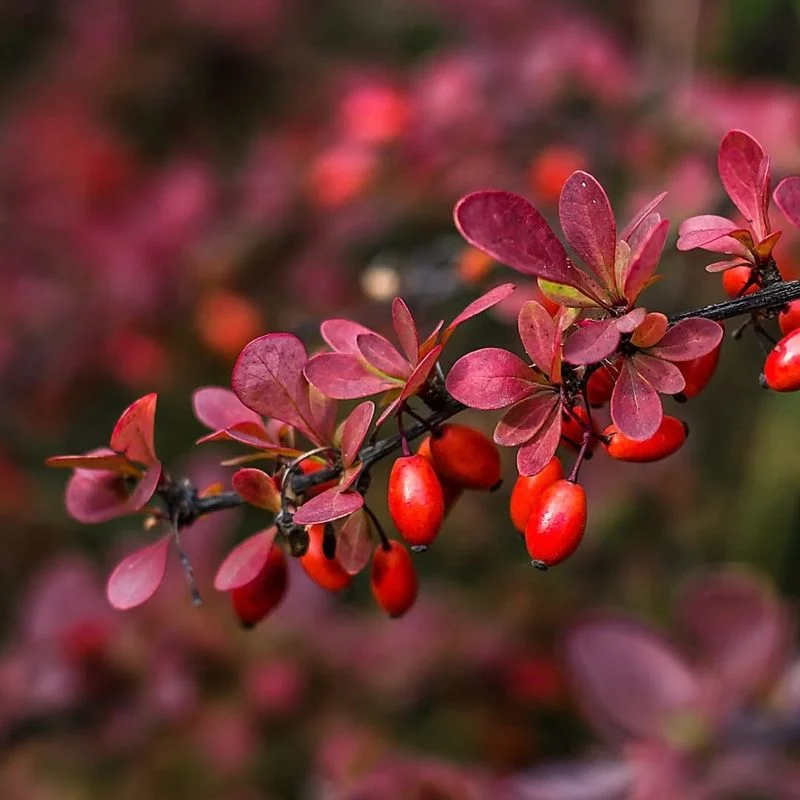
Japanese Barberry is often chosen for its striking foliage and berries. Yet, its beauty hides the fact that it harbors ticks, increasing the risk of Lyme disease. This invasive species spreads rapidly, outcompeting native plants and disrupting local ecosystems. While its vibrant colors can be appealing, the ecological impact and health concerns make it a poor choice for eco-conscious gardeners. Opt for native plants that support local wildlife and contribute positively to the environment. Japanese Barberry might look garden-friendly, but it brings more harm than good.
English Ivy

English Ivy is often admired for its classic look and ability to cover unsightly structures. Yet, this aggressive grower can smother trees and shrubs, depriving them of essential sunlight. Its invasive nature makes it difficult to control once established, leading to potential damage to property and native plants. Although its aesthetic appeal is undeniable, the maintenance and ecological disruption it causes are significant drawbacks. Seek alternative vines that thrive without overtaking your garden space. English Ivy’s charm fades when faced with its invasive consequences.
Mint
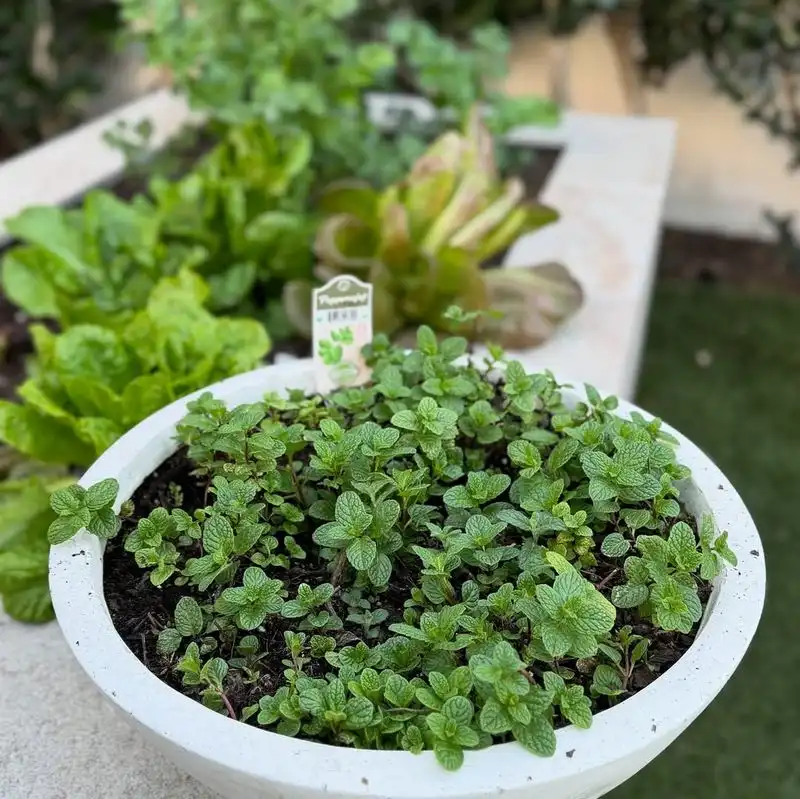
Mint is loved for its refreshing scent and culinary uses, but its rampant growth can become a gardener’s nightmare. This herb spreads quickly, often overtaking garden beds and competing with other plants for resources. While its fragrance and flavor are delightful, its invasive nature requires constant management to prevent it from becoming unmanageable. Using containers can help control its spread, allowing you to enjoy mint’s benefits without the headache. Mint’s zest is undeniable, yet its aggressive expansion calls for careful containment strategies in your garden.
Bradford Pear Tree
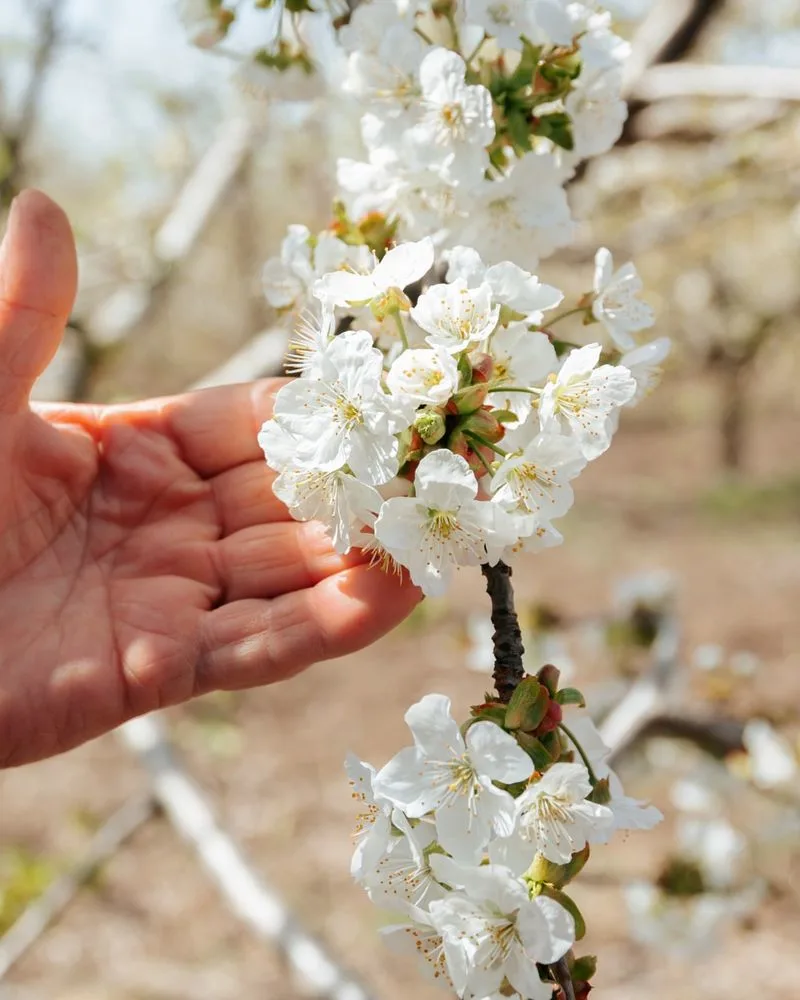
The Bradford Pear Tree is known for its stunning spring blossoms. However, this beauty comes at a cost. Its weak branch structure often leads to splitting in storms, causing damage to property. Additionally, its invasive potential and unpleasant odor during flowering make it less desirable. While it may be tempting to plant for its springtime display, the long-term maintenance and ecological impact are considerations not to be ignored. Opt for sturdier, native trees that provide similar seasonal interest without the drawbacks. The Bradford Pear’s allure is overshadowed by its practical challenges.
Bamboo
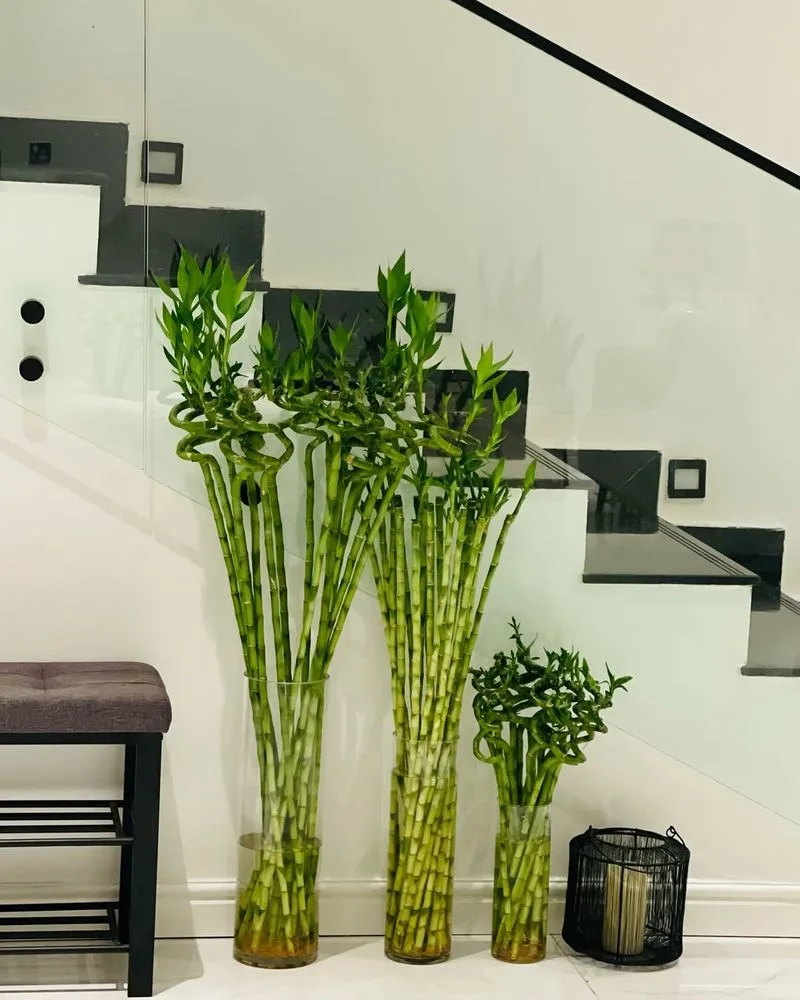
Bamboo offers an exotic touch to gardens, but its aggressive growth can be a double-edged sword. This plant spreads quickly through rhizomes, often becoming invasive and difficult to eradicate. Its rapid expansion can disrupt garden spaces and local ecosystems. While its aesthetic and practical uses are appealing, managing its growth requires vigilance. Consider non-invasive alternatives that offer similar structural beauty without the rampant spread. Bamboo’s appeal is in its exotic nature, yet controlling it can become a full-time endeavor in gardening.
Daylilies
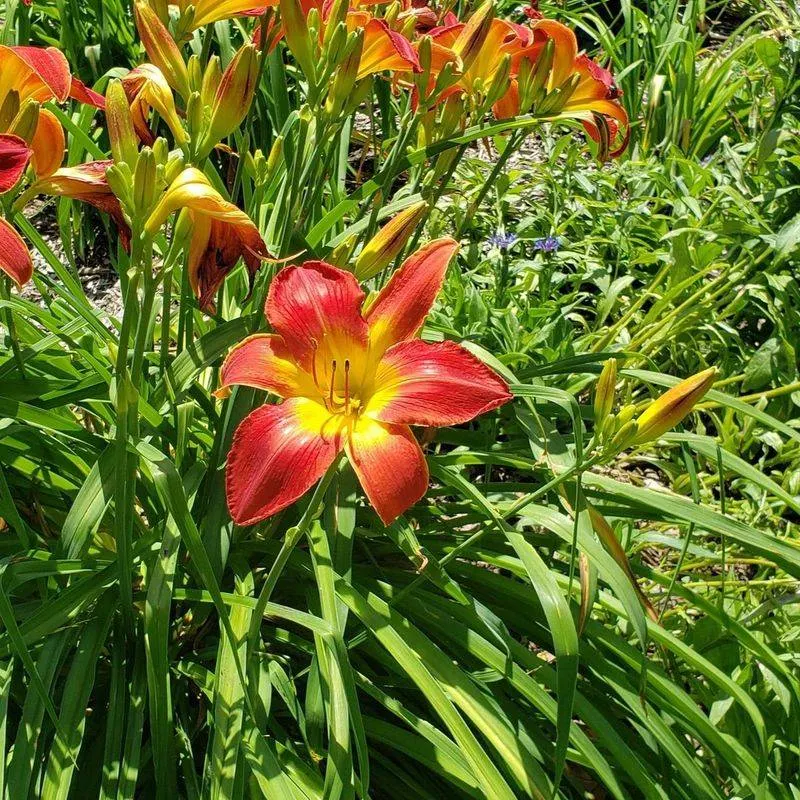
Daylilies are loved for their bright, cheerful flowers that seem to shout “summer.” However, they can spread aggressively, overtaking smaller plants and requiring frequent division. Their hardy nature can make them a bit of a bully in mixed plantings. While their blooms are a sight to behold, the maintenance can be off-putting for some gardeners. For those seeking lower-maintenance beauty, consider alternatives that provide similar color and joy without the vigorous spread. Daylilies bring sunshine to any garden, though their exuberance demands extra attention.
Russian Olive
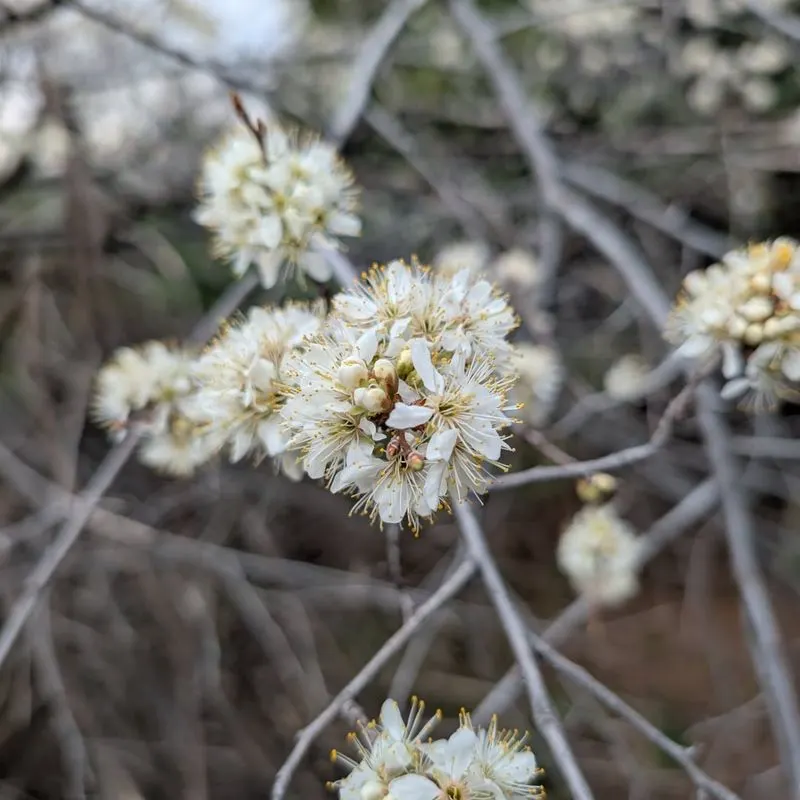
Russian Olive may lure gardeners with its silvery foliage and fragrant flowers. Yet, this tree is highly invasive, often outcompeting native plants for resources. Its ability to thrive in poor soil conditions only adds to its invasive potential. Despite its visual and olfactory appeal, the ecological damage it causes makes it a questionable choice. Seek out native species that contribute to local biodiversity and landscape beauty without the environmental cost. Russian Olive may look enticing, but its impact on local ecosystems is a heavy burden.
Wisteria
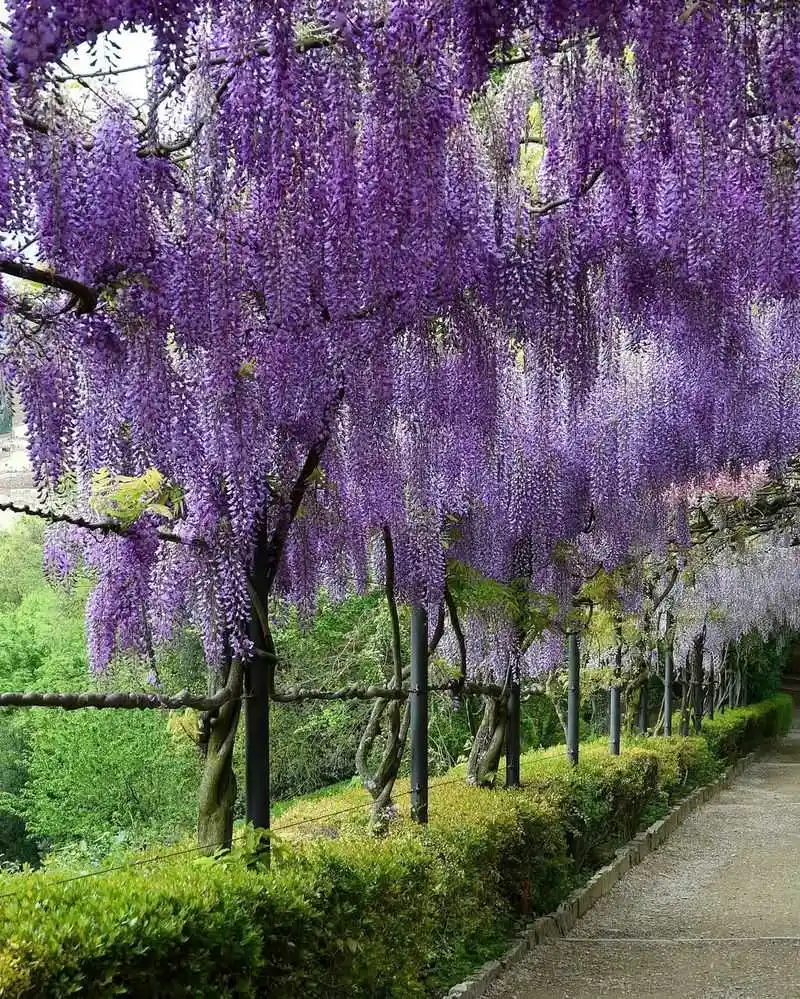
Wisteria vines are admired for their magnificent floral displays, draping elegantly over arbors and pergolas. However, their vigorous growth can quickly spiral out of control, suffocating other plants and damaging structures. This vine’s beauty requires careful pruning and management to prevent it from becoming a garden tyrant. If you’re looking for enchanting blooms without the hassle, consider more manageable climbers that offer similar charm. Wisteria’s allure is undeniable, but its care demands are not for the faint-hearted gardener.
Privet
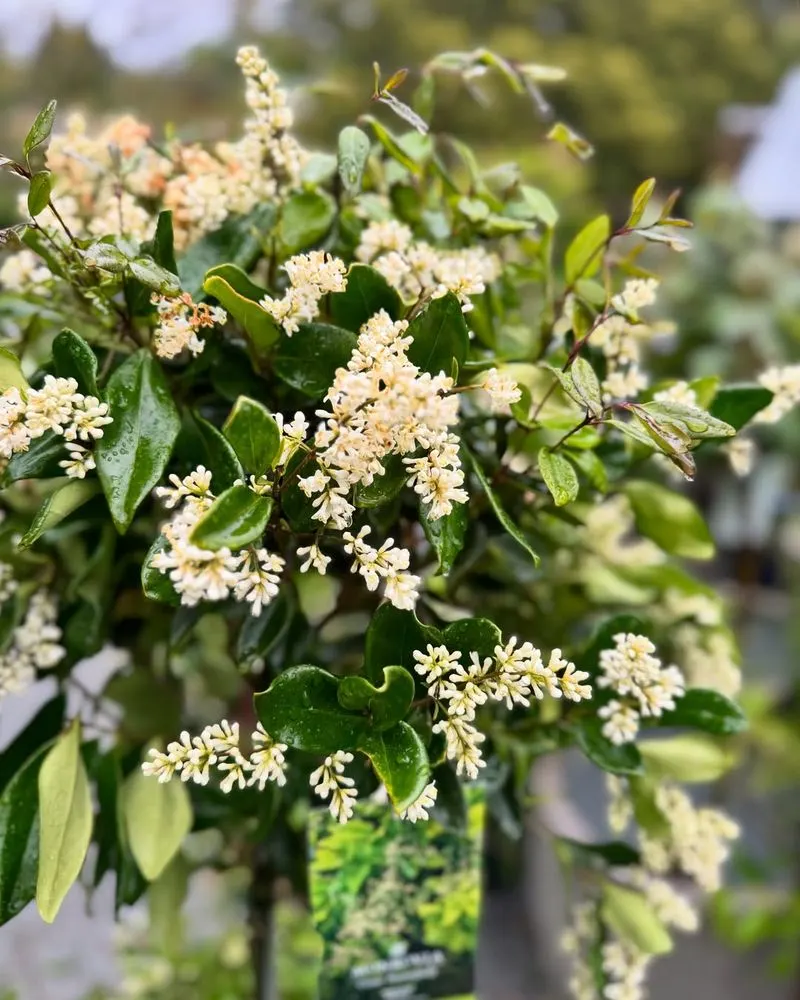
Privet is often chosen for its adaptability and use as a hedge. Yet, this plant can become invasive, spreading quickly and forming dense thickets that crowd out native species. Its rapid growth and ability to thrive in various conditions make it a challenging plant to control. While it serves as an effective privacy screen, the ecological impact and maintenance can outweigh the benefits. Consider native shrubs that offer similar privacy without the invasive tendencies. Privet’s practicality is apparent, but its implications for local environments require consideration.
Purple Loosestrife

Purple Loosestrife captivates with its striking purple blooms that sway gently in the breeze. Despite its beauty, this perennial is a notorious invasive species, particularly in wetlands. It displaces native vegetation, disrupting habitat and food sources for wildlife. Its aggressive spread is difficult to control once established, posing a threat to biodiversity. For those seeking colorful displays, explore native alternatives that support local ecosystems. Purple Loosestrife’s vibrant appeal belies its environmental impact, making it a plant to avoid for conscientious gardeners.
Water Hyacinth
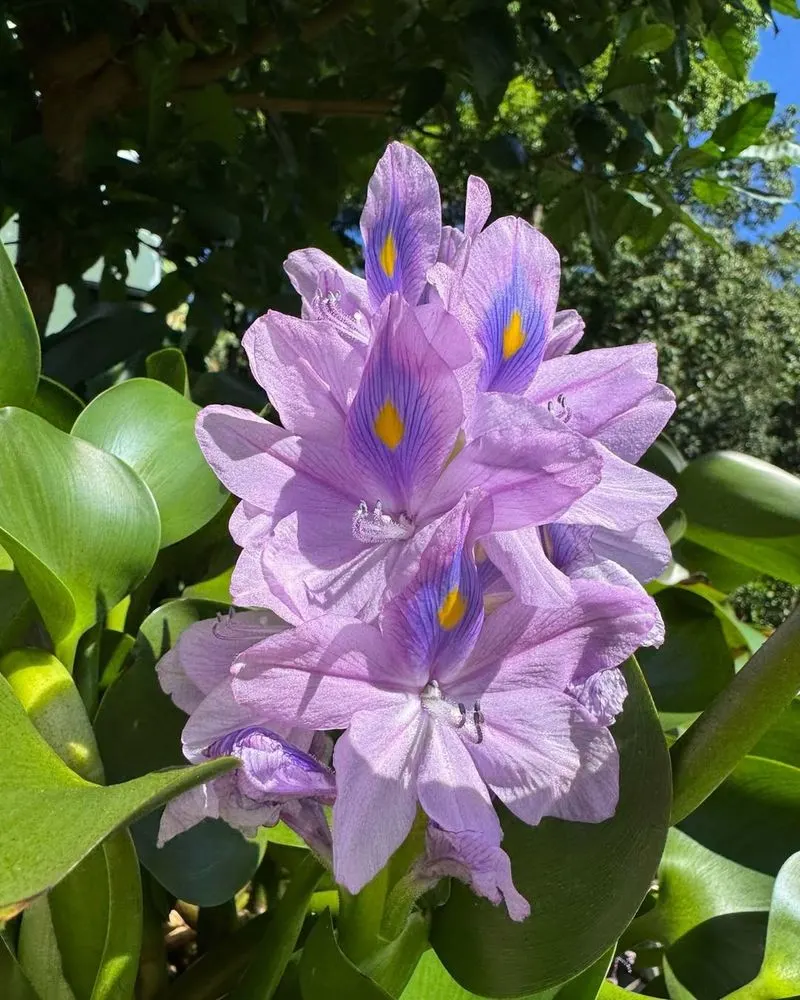
Water Hyacinth is admired for its beautiful, floating flowers and ability to cover water surfaces swiftly. However, this aquatic plant is invasive, often clogging waterways and outcompeting native aquatic species. It can create oxygen-depleted environments, affecting fish and other aquatic life. Despite its decorative appeal, the ecological consequences make it unsuitable for most settings. Consider native aquatic plants that offer similar aesthetic value without the environmental risks. Water Hyacinth’s elegance is overshadowed by its potential to disrupt aquatic ecosystems.
Mulberry
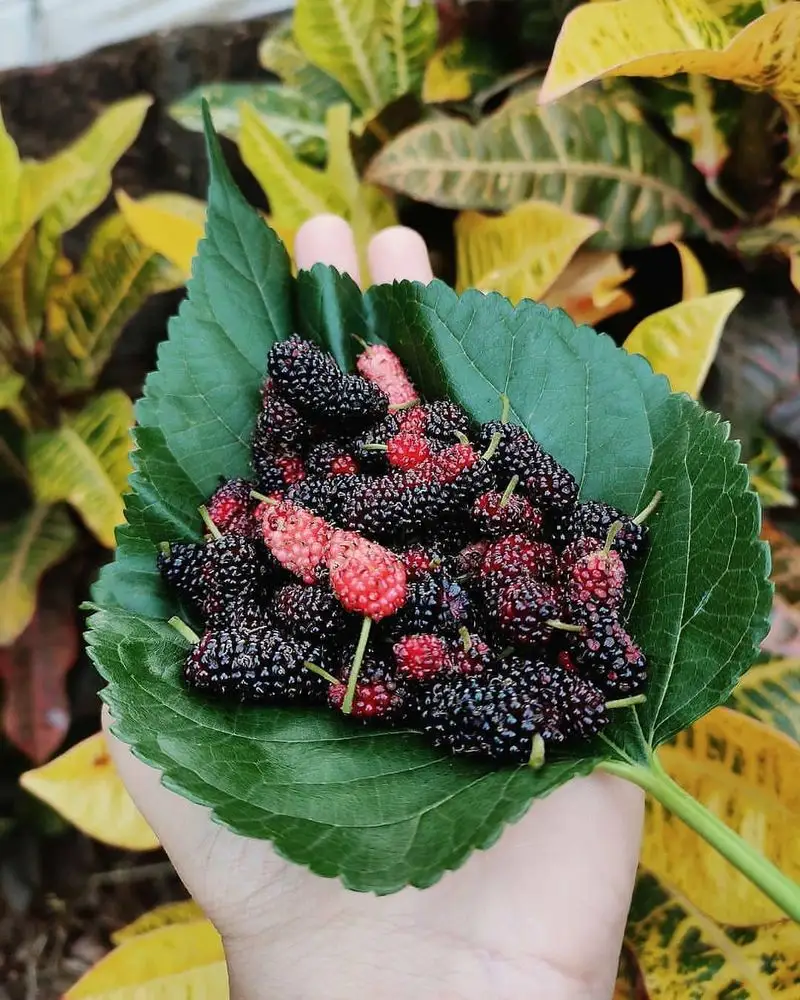
Mulberry trees, with their sweet, juicy berries, seem like a delightful addition to any garden. Yet, they are known for their rapid growth and tendency to become invasive. Their berries can create a mess, attracting unwanted pests and staining surfaces. While their fruit is delicious, the maintenance and control required might not be worth the effort. For those who love berries, consider less invasive fruiting trees that offer similar culinary delight without the associated challenges. Mulberry’s sweetness is tempting, but its growth habits can prove cumbersome.
Mimosa Tree
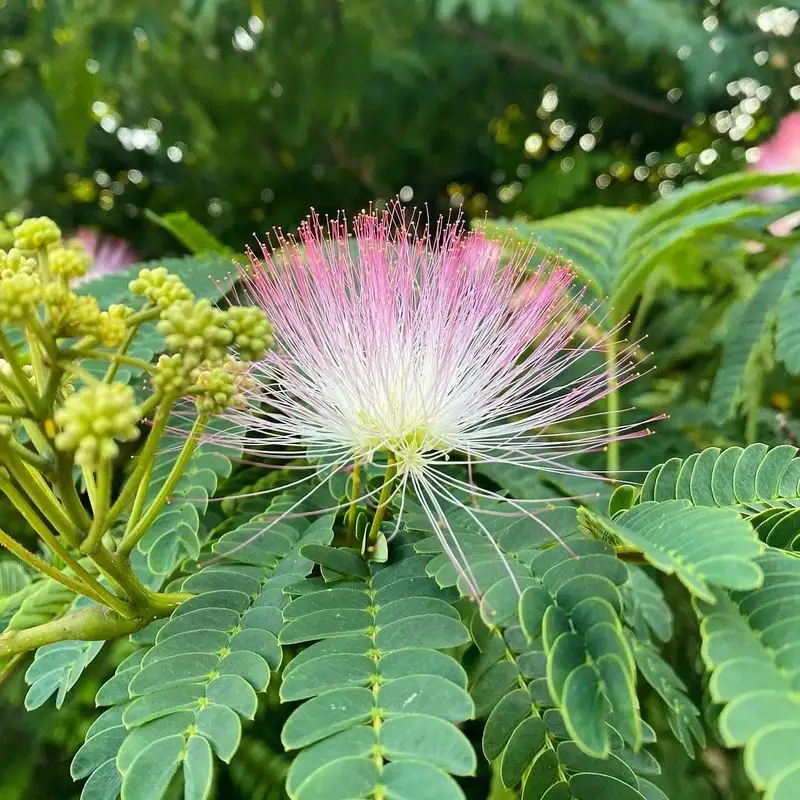
The Mimosa Tree enchants with its feathery leaves and fragrant pink blooms. Despite its beauty, it is considered invasive in many areas, spreading quickly and outcompeting native vegetation. Its weak wood and susceptibility to disease further diminish its garden appeal. While its appearance is captivating, the long-term ecological and maintenance issues make it a less desirable choice. Consider planting native trees that provide similar aesthetic enjoyment without the invasive repercussions. The Mimosa Tree’s elegance is marred by its invasive nature and fragility.
Lavender
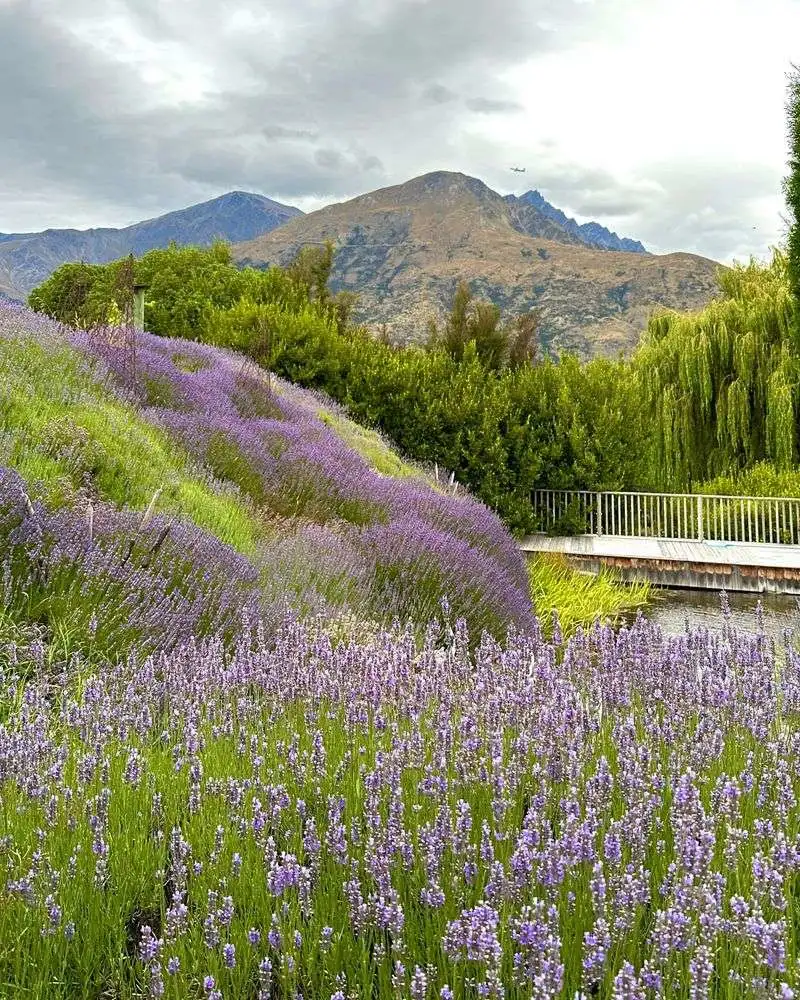
Lavender’s timeless scent and stunning purple blooms make it a summer favorite. Resilient and drought-tolerant, this plant thrives in sunny spots, requiring little water once established. Its aromatic presence deters pests, making it a wonderful companion plant. You can use lavender in culinary dishes, sachets, and oils, offering versatility beyond its visual appeal. Unlike the plants to avoid, lavender enhances gardens with beauty and utility. This hardy herb is an excellent choice for those seeking to enrich their garden with color and fragrance without demanding maintenance.
Coneflower
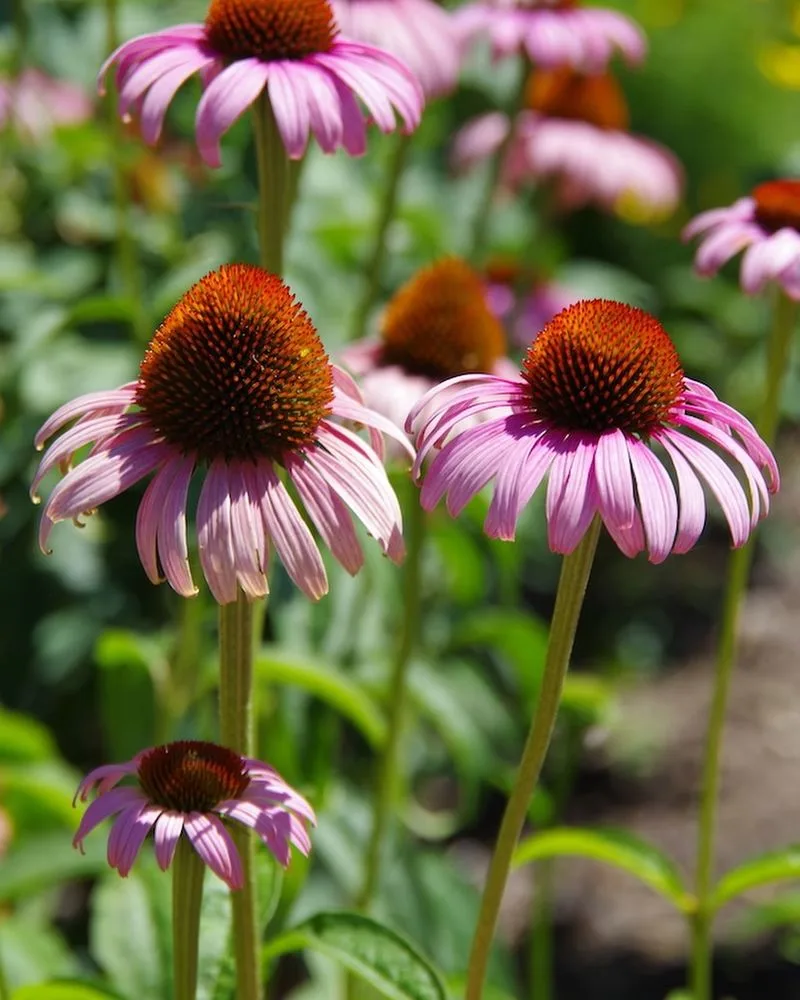
Coneflowers burst with color and attract pollinators, making them a garden staple. These hardy perennials withstand heat and drought, thriving in various soil conditions. Their vibrant blooms not only add visual interest but also support local wildlife, including bees and butterflies. With minimal care needed, coneflowers bring long-lasting beauty to any garden bed. Unlike invasive counterparts, they coexist harmoniously with other plants, requiring no special attention. Consider coneflowers for a lively, sustainable garden that’s both appealing and ecologically friendly. Their cheerful appearance brightens gardens while supporting biodiversity.
Bee Balm
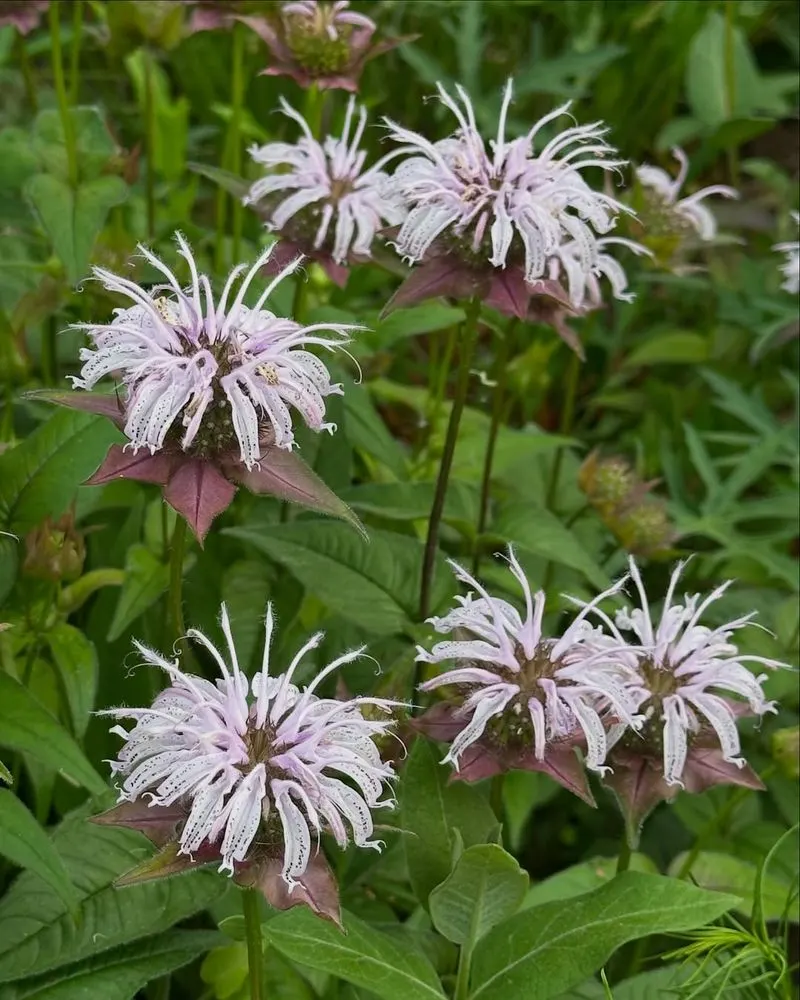
Bee Balm dazzles with its bright, tubular flowers and enticing scent, drawing pollinators like bees and butterflies. This hardy perennial thrives in sunny spots, offering a burst of color from midsummer to early fall. It not only beautifies garden spaces but also supports vital pollinator populations. Bee Balm is resilient and easy to care for, making it an excellent alternative to more invasive plants. Its presence enriches gardens with both beauty and ecological benefits. Choose Bee Balm for a vibrant, wildlife-friendly garden that flourishes with minimal fuss.
Zinnias
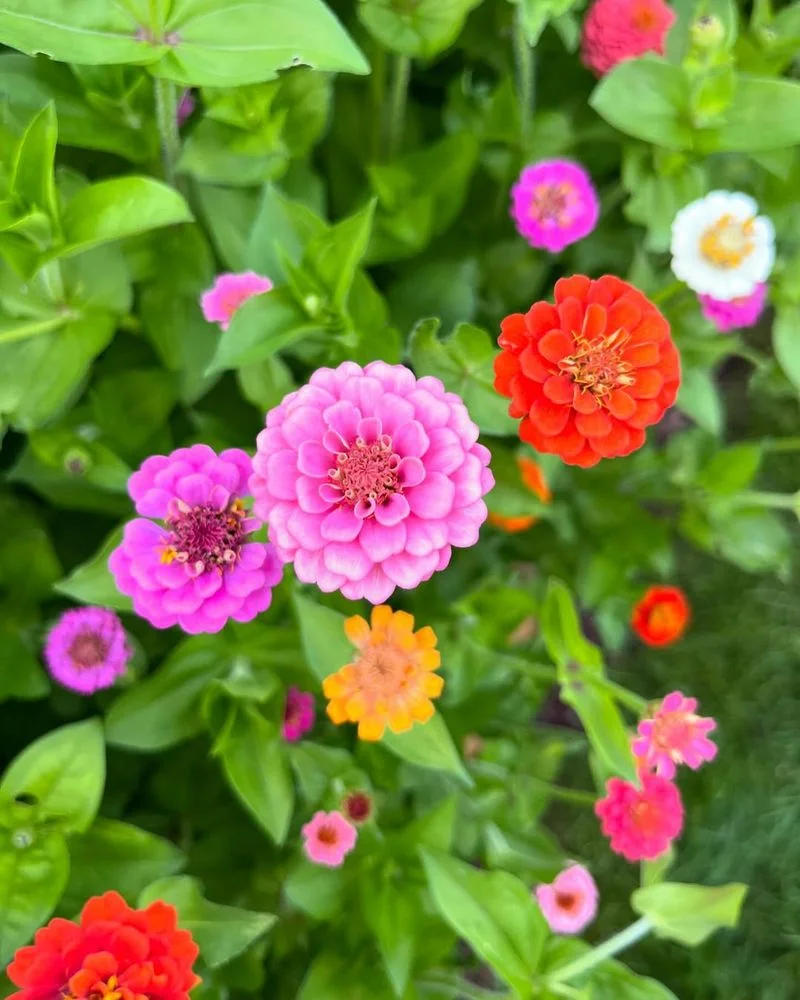
Zinnias bring an explosion of color to summer gardens with their bold, daisy-like blooms. These annuals are easy to grow and maintain, thriving in sunny locations with well-draining soil. Their vibrant flowers attract pollinators, enhancing garden biodiversity. Zinnias’ variety in color and size offers flexibility for garden design, providing continuous blooms throughout the season. They require minimal care, making them perfect for gardeners seeking beauty without the burden of invasive species. Choose zinnias for a colorful, low-maintenance addition to your summer landscape.
Marigolds
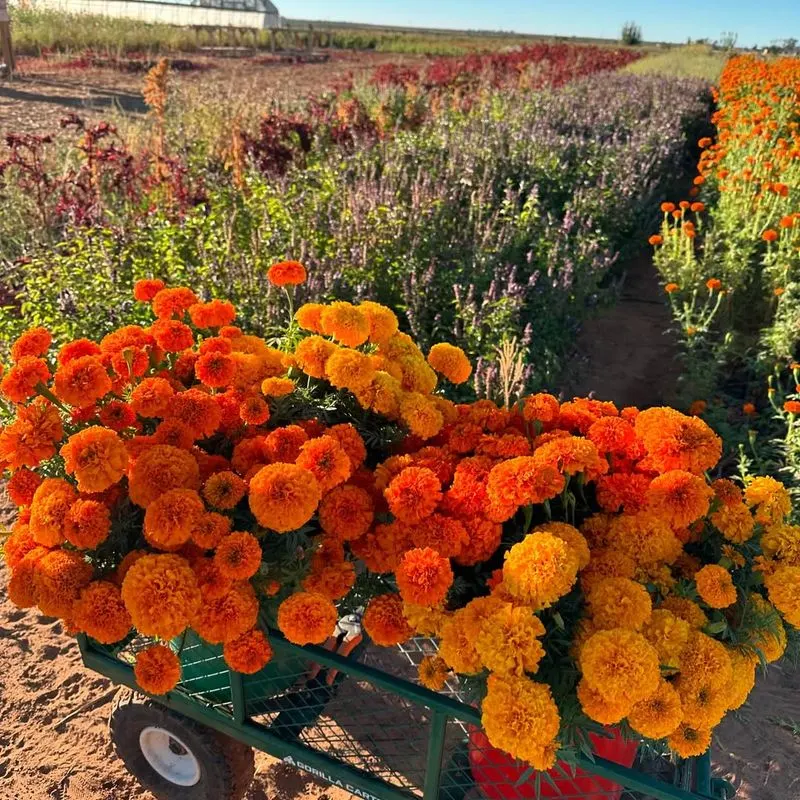
Marigolds are a gardener’s delight with their bright, cheerful blooms and pest-repelling properties. These robust annuals thrive in sunny locations and require minimal care, making them ideal for easy summer gardening. Their vibrant flowers deter pests naturally, offering a chemical-free solution to garden maintenance. Marigolds’ versatility in color and size allows them to be used in various garden settings, from borders to containers. For those seeking a reliable, decorative plant that enhances garden health, marigolds are a top choice. Their sunny disposition adds warmth and vibrancy to any space.
Sedum
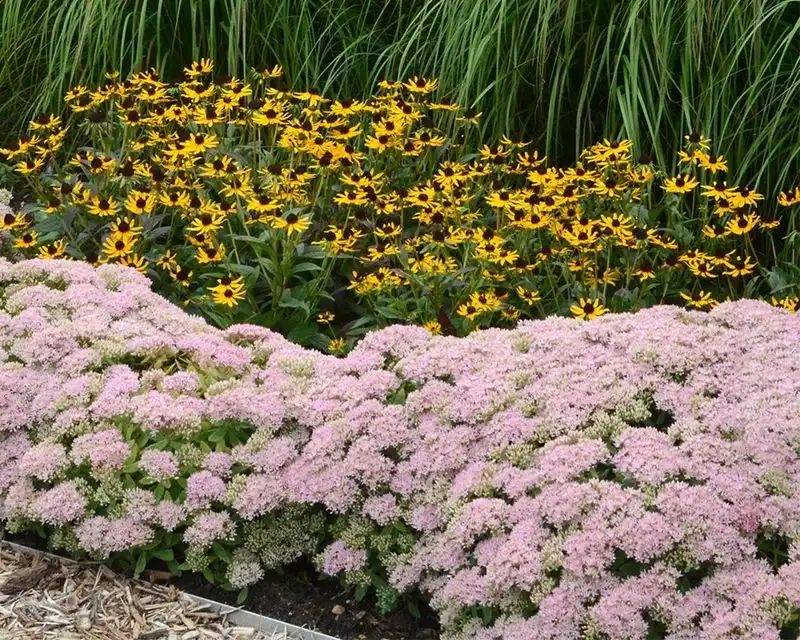
Sedum’s succulent leaves and vibrant blooms make it a standout in any garden. This hardy plant thrives in drought conditions, requiring little water once established. Its low-maintenance nature makes it a perfect choice for rock gardens or as a ground cover. Sedum attracts pollinators, supporting local ecosystems while adding texture and color to garden spaces. Its ability to withstand harsh conditions and minimal care requirements makes it an excellent alternative to more demanding plants. Choose sedum for a sustainable, beautiful garden that stands strong through summer’s heat.

